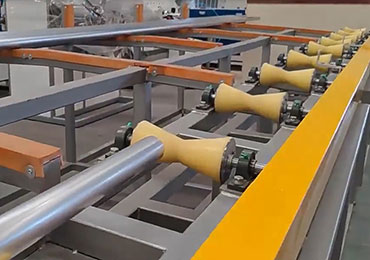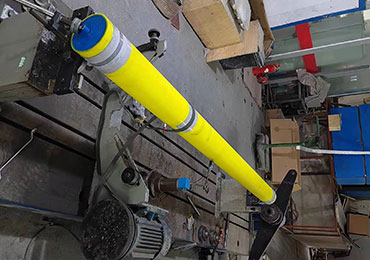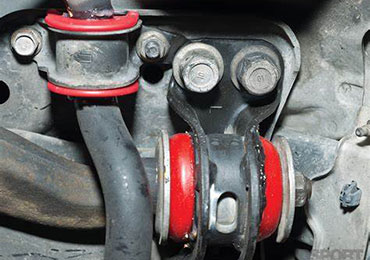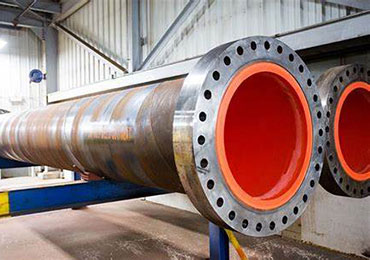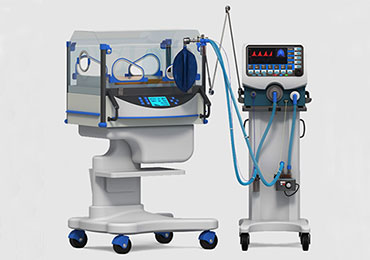Bonding Polyurethane to Steel
Firmly bonds polyurethane elastomers to steel substrates (e.g. metal, aluminum etc.) as a specialty of our polyurethane molding services. the bond is strong and an attractive appearance. polyurethane and substrate bonding process can make the bonded parts have high strength, wear resistance, corrosion resistance, aging resistance and other properties.
PU bonded metal substrate process is widely used in polyurethane Rollers and wheels, cushion plate and blocks, scrapers, poly track pads, PU screen panel, polyurethane chute liners, hydrocyclone liners, polyurethane pipeline liners and more.
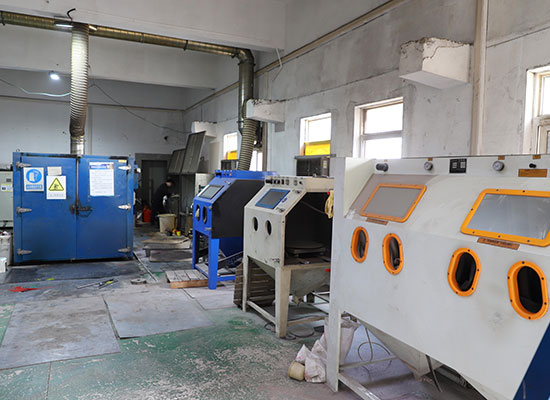
Polyurethane Bonding to Steel Solutions
Our company is a leading provider of polyurethane elastomer bonding solutions.
We can bond polyurethane elastomers to substrates in the injection moulding process or the casting process. We can also meet the various performance requirements of the polyurethane material for different applications. From type of substrate material, surface treatment, adhesive choice and details control of bonding urethane process. We can quickly work out the optimal bonding polyurethane solution.
Process of Bonding Urethane
Urethane bonding process combines the benefits of multiple materials to meet the needs of a customer's specific application. The process of bonding polyurethane to substrates involves the following key steps.
- Metal surface treatment.
- Adhesive selection, then dilution and brush application.
- Mould heating and pre-curing.
- Moulding, post-curing, trimming and finishing.
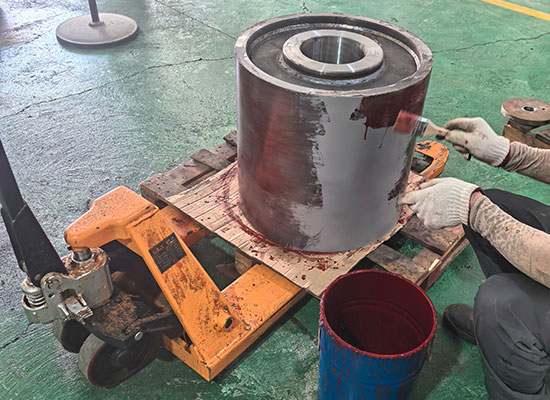
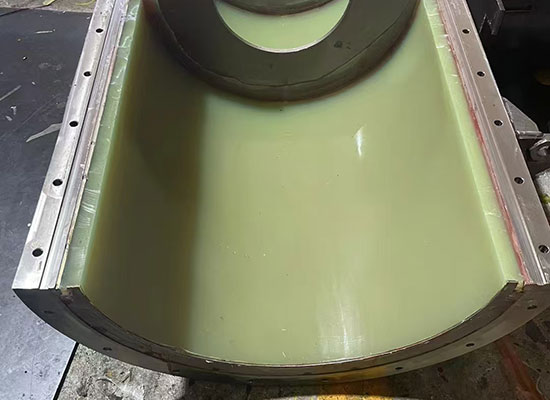
Quality Control of Bonding Polyurethane
A strong bond between the polyurethane and the substrate is critical to the performance and durability of the product. Throughout the manufacturing process, we record production procedures strictly to ensure that workers follow the specifications.
1. Clean the surface of the substrate of oil and rust, and keep the surface of the substrate at the proper roughness. If the substrate is a plastic part or an iron wheel, it is also necessary to prevent the porous material from containing moisture, waste oil, waste liquid, etc.
2. Apply the adhesive to the substrate several times and evenly to achieve the desired film thickness. After applying the adhesive, dry first at room temperature and then in an oven. Avoid bonding failure between polyurethane and substrate due to air bubbles.
Cases of Bonding Polyurethane to substrates
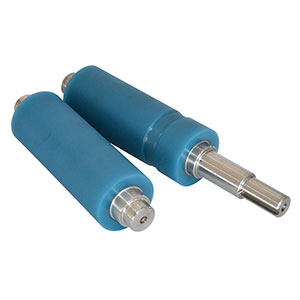
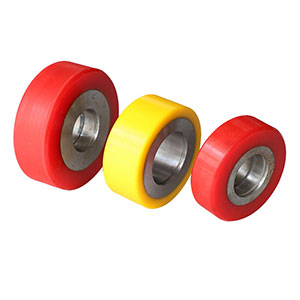
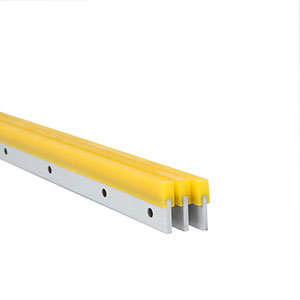


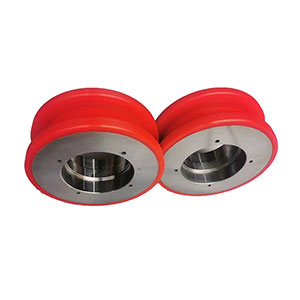
Application of Bonding Urethane to Metal
Bonding Urethane to Substrates
We are capability to bonds urethane to metal, steel, aluminum or other rigid plastics substrates. Our many years of experience in this field have made us the experts in solving complex bonding problems. For polyurethane bonding failure there are two kinds of cases.
The main reason is due to improper surface treatment of the metal. Solutions: improve the surface treatment; the adhesive is fully dry and then pre-cured; to solve the air bubbles generated by the adhesive and metal separation.
The main reason is that the dry film thickness of the adhesive is not enough and the pre-curing temperature is not enough. Solution: Increase the dry film thickness, improve the pre-curing temperature, choose more suitable for bonding polyurethane materials; to solve the air bubbles generated by the adhesive and polyurethane disengagement.
Advantage of Bonding Polyurethane to Substrates
Polyurethane elastomers are bonded to a substrate to enhance the product's performance and functionality, while also increasing the strength, durability and service life of the substrate (e.g. steel, aluminium). Bonding urethane has the following benefits.
- 1. It provides excellent mechanical strength and can withstand a wide range of stresses and loads.
- 2. It provides better protection against abrasion and scratches on metal substrates.
- 3. it has good corrosion resistance, protects the metal substrate from corrosion and oxidation, and extends the service life of metal parts.
- 4. It has excellent vibration damping and sound insulation properties, which can reduce the spread of vibration and noise and improve the performance and comfort of products.
- 5. It has excellent sealing performance, effectively preventing the infiltration of liquids, gases and dust, providing a reliable sealing effect.
- 6. It can reduce the weight of the overall structure without reducing the strength.
We have a strict quality control process. During the bonding process, we conduct multiple strength tests and use professional adhesives and techniques to ensure that the bonding strength meets or exceeds industry standards.
Sure! We specially provide customization services for customers and can customize the shape and size according to your specific needs.
It depends on the type of polyurethane material used. Usually, our bonding service enables the product to work normally in an environment of 80 - 120 degrees Celsius.
Yes. Before placing a formal order, we can provide you with a small batch of samples for testing and evaluation.
We don't have a strict minimum order quantity requirement and will do our best to meet your needs. Even for smaller orders, we will treat them with the same quality and service.
The price is mainly calculated based on comprehensive factors such as the quantity of the order, the complexity of the product, and the materials used. We will provide you with a detailed quotation.




